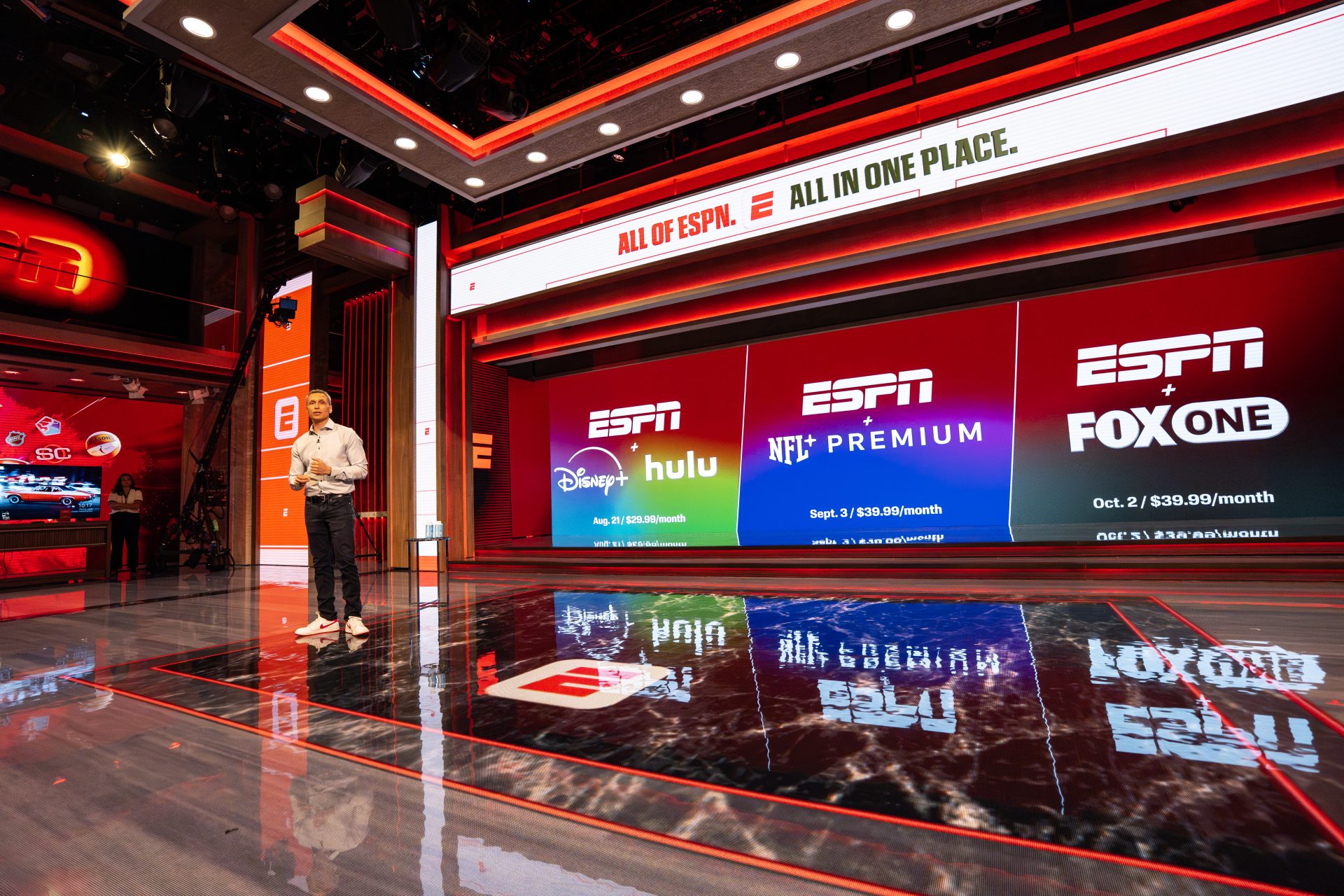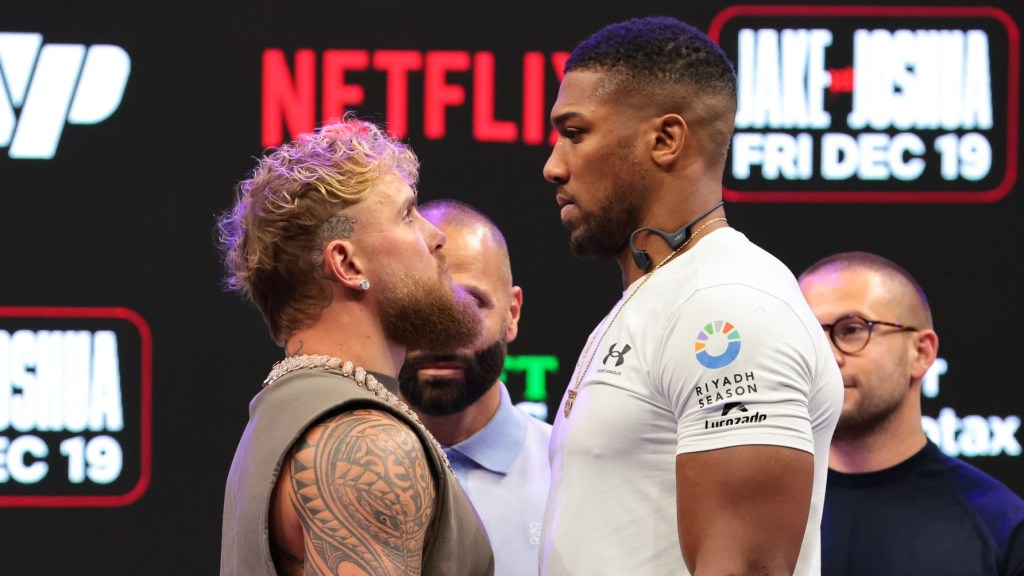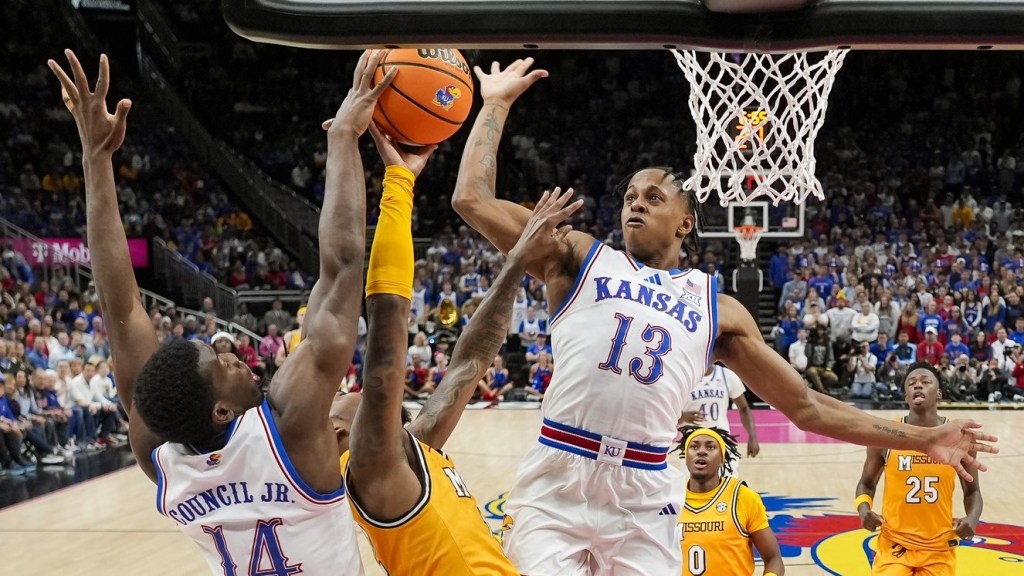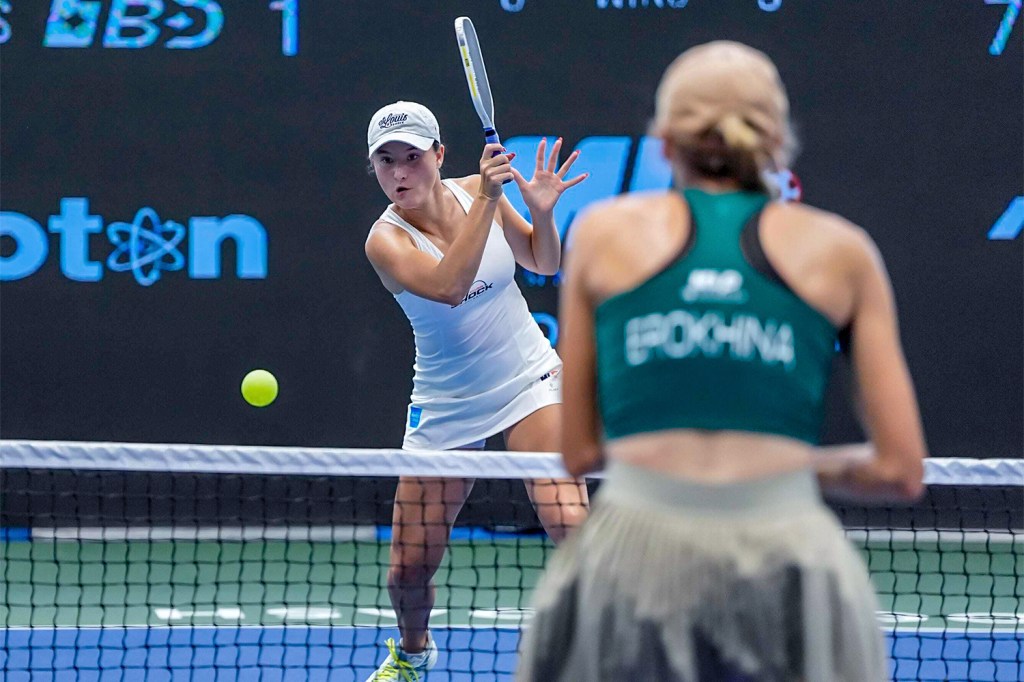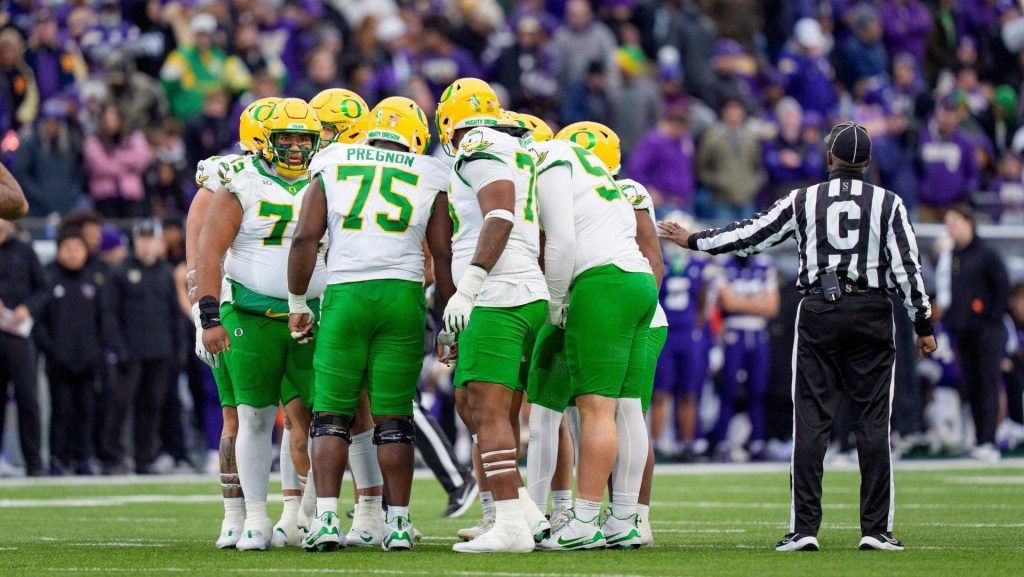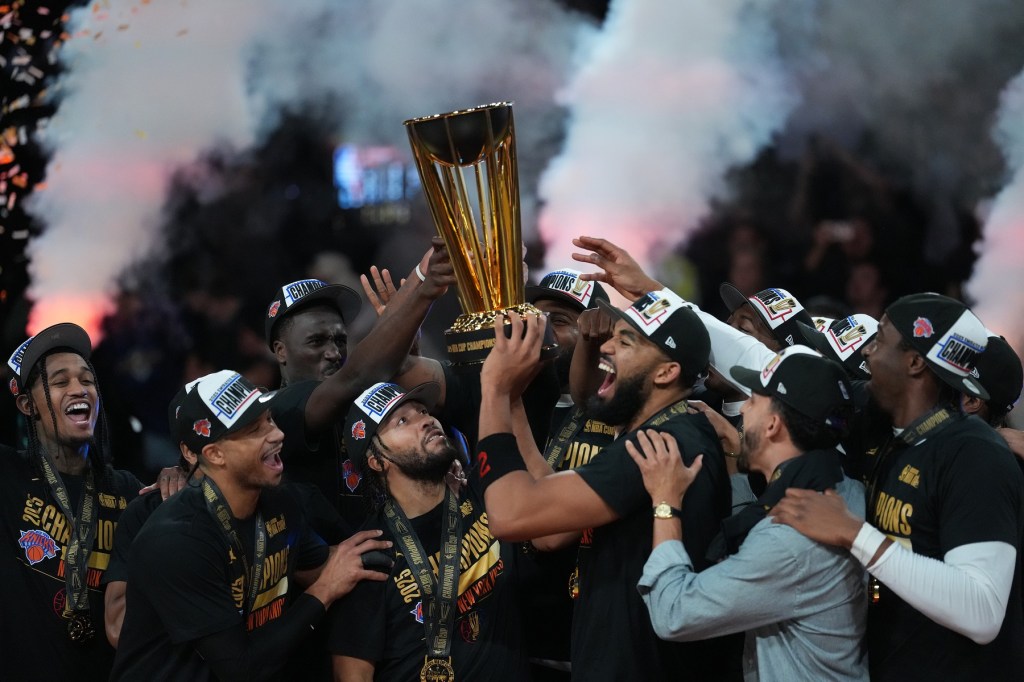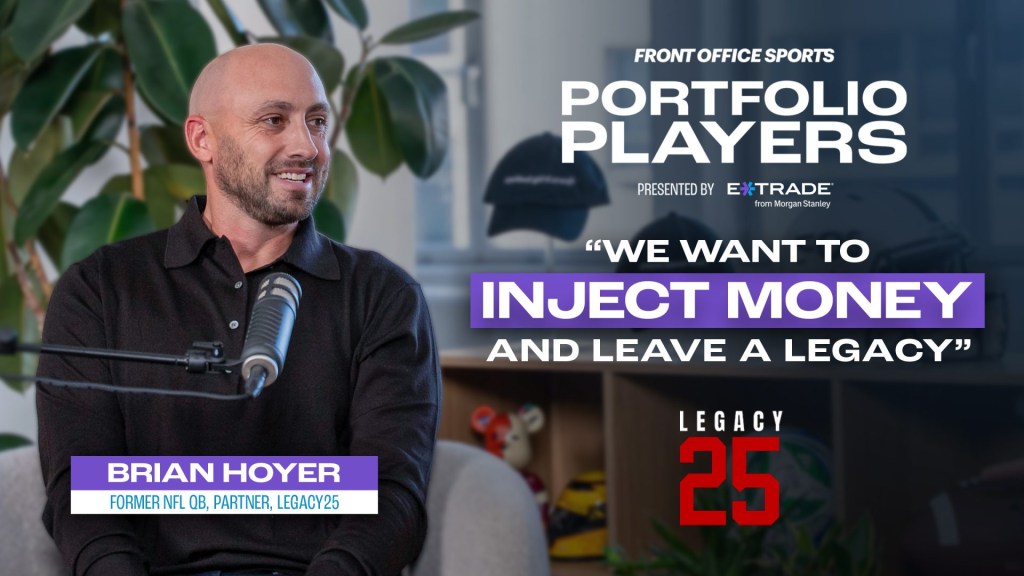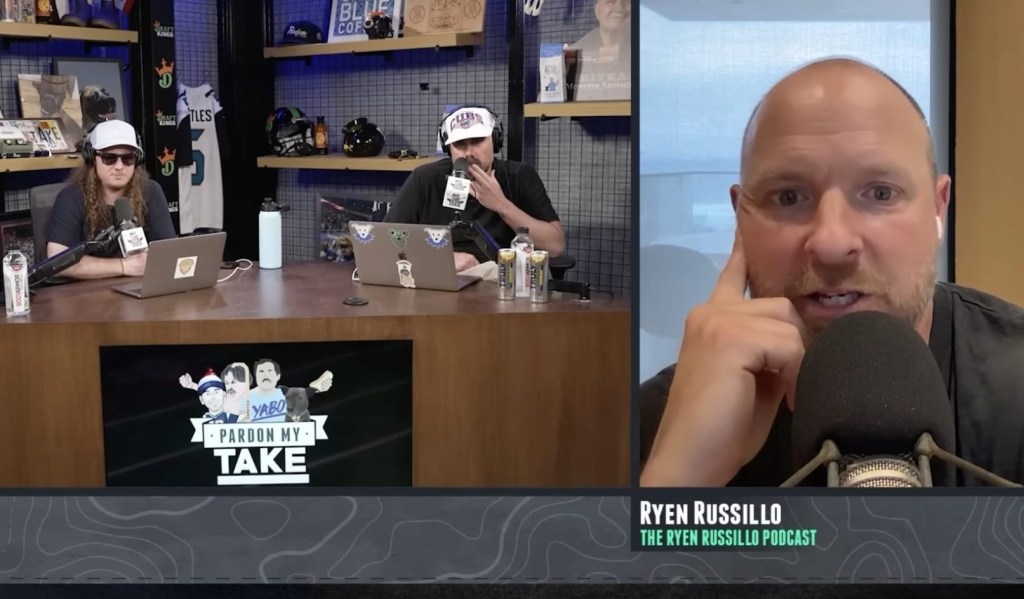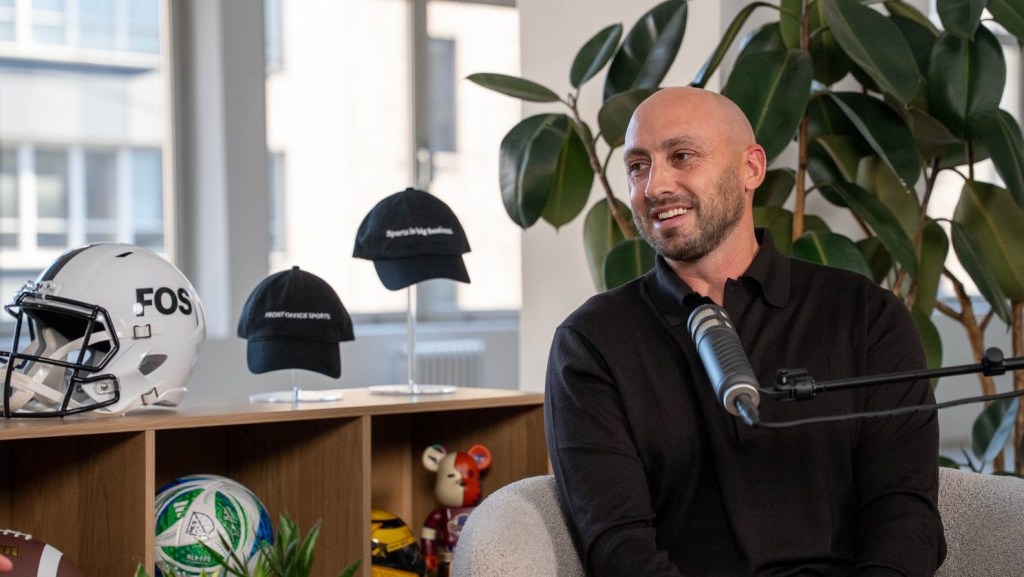ESPN and parent company Disney, after years of effort and planning, have finally cleared the major hurdle of bringing a direct-to-consumer product to market. Next up are two more obstacles, perhaps as complex, if not more so: getting people to understand the streaming product and sign up, and evaluating how well the large-scale strategic pivot performs.
The revamped ESPN app will debut Thursday, offering live streaming of all 12 of its networks, as well as a deep array of enhanced interactive features that arrive with the DTC product. A massive corporate priority for Disney, the new-look app, carrying a marketing slogan of “All of ESPN. All in one place,” will feature:
- An enhanced second-screen experience that will include live statistics, alerts, fantasy content, shopping, and integration with ESPN Bet.
- A personalized daily version of SportsCenter, tailored to each user’s favorite teams and leagues.
- A TikTok-style vertical video experience, called Verts, that will feature short-form videos.
- A deeper integration with Disney+, which started last December, in which the full ESPN content lineup is available for bundle subscribers on that flagship product.
- It’s also possible MLB content could be added as part of a reworked rights deal currently in negotiation between ESPN and the league.
“We’re at the verge of another industry-shaping moment,” said ESPN chairman Jimmy Pitaro of the DTC debut and rebuilt app.
A Bundle of Bundles
As announced in May, the new-look ESPN will feature an unbundled price of $29.99 per month. That’s hardly the only way for users to access the expanded service, though. There is also a broader bundle including ad-based versions of sister properties Disney+ and Hulu, also carrying a promotional price of $29.99 per month.
There are additional bundles between ESPN and its new equity partner, the NFL, that bring in NFL+ Premium, and another that combines ESPN with Fox One, debuting Thursday as well. Pitaro also says ESPN remains keenly interested in striking more partnerships.
Existing TV-based subscribers, meanwhile, can also authenticate into the expanded ESPN features. There will be some minor variances, though, in the amount of content available depending on Disney’s carriage deal with each distributor.
With all these different ways to subscribe to ESPN and then access the additional features, network executives acknowledge there is a significant lift to help consumers navigate all the choices. Because of that, marketing is expected to shift soon from a focus on the huge array of available content to accessing it.
“We recognize the complexity of this. We recognize that we need to simplify it for all of our fans,” said ESPN EVP of creative studio and marketing Tina Thornton. “It’s teaching not just what we’re doing but how you get to it.”
Understanding the Metrics
Will the big pivot to streaming work for ESPN and Disney? There’s plenty of logic behind the move, particularly as cord-cutting and cord-nevering expand at an accelerating rate.
It’s going to be harder to measure the success externally, though. Pitaro has consistently said performance will be gauged based on the totality of people subscribing to ESPN through all the various platforms. The plurality of entry points not only makes that more difficult to assess, but Disney said earlier this month it will stop releasing streaming subscription totals to investors, similar to the shift made earlier this year by Netflix.
There will still be other key numbers in Disney’s quarterly earnings reports, such as revenue and net income, as well as external figures developed by third parties such as Nielsen. For the first time in ESPN’s 46-year history, though, there will not necessarily be a clear, public, and total measure of the network’s subscriber base.
“We’re also going to be paying a lot of attention to engagement within the ESPN app,” Pitaro said. “However you’re subscribed, we want you to experience ESPN through the ESPN app.”
